June 19, 2013
Employers struggling to recruit the right talent finds survey
Employers are having to work harder than ever to find the right talent to fill vacancies, with the proportion of employers reporting an increase in competition for well-qualified talent increasing threefold from 20 per cent in 2009 to 62 per cent in 2013. The annual CIPD/Hays Resourcing and Talent Planning Survey 2013, which examines resourcing and talent planning strategies across private, public and voluntary sector organisations, reveals that six in ten organisations had experienced difficulties filling vacancies in the past year, and although more than half of organisations report that they make use of social media in resourcing, just two fifths have a dedicated strategy. (more…)






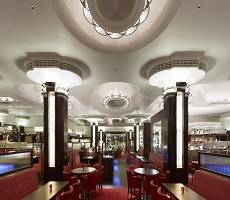
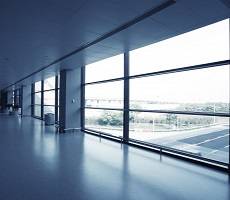
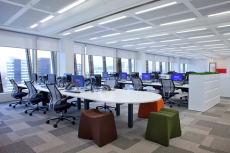

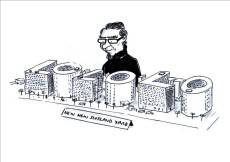









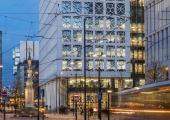



May 30, 2013
UK public sector leading the way in procurement and sustainable building
by Paul Statham • Comment, Facilities management, Public Sector, Technology
Nottingham City Council’s Loxley Building
Over the last few years, the UK Government has grown increasingly interested in finding ways of making its £30 billion property portfolio more efficient. Both the last Labour government and the current Coalition administration have been driven by the opportunities offered them with the advent of new technology, new ways of working and new procurement models. They’ve pursued these issues to cut costs by reducing and changing the way property is designed and managed but have also found how that can also help to establish best practice in sustainable building. What is increasingly apparent, especially given recent news from the Major Projects Authority about cost savings in procurement is that the public sector is now leading the way as models of good practice.
(more…)